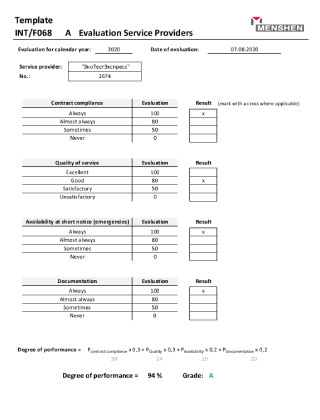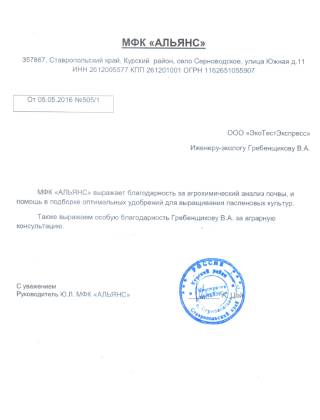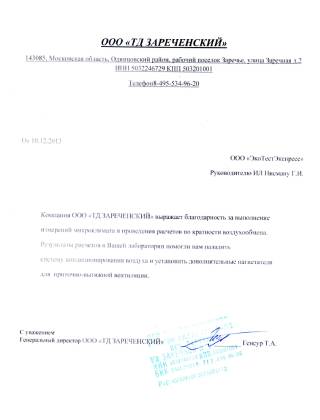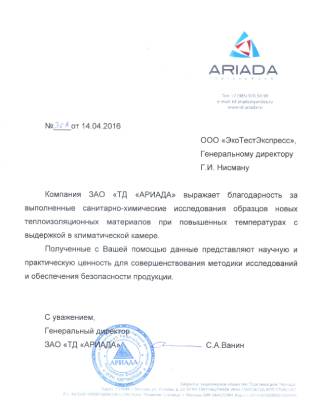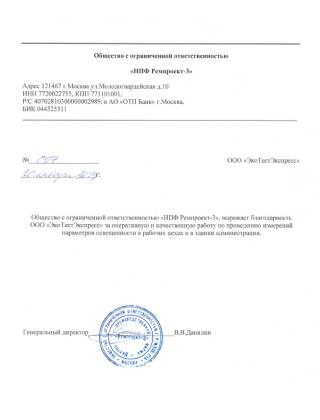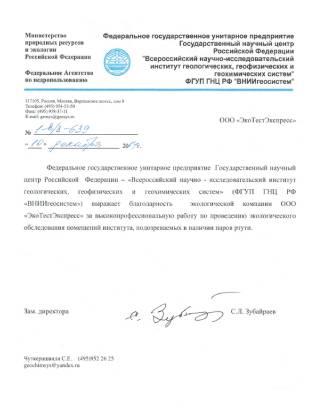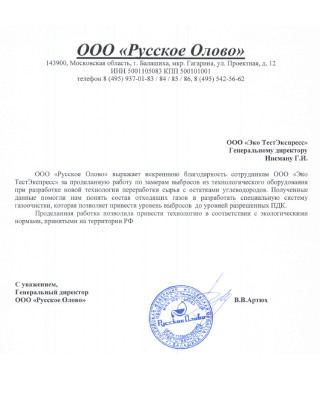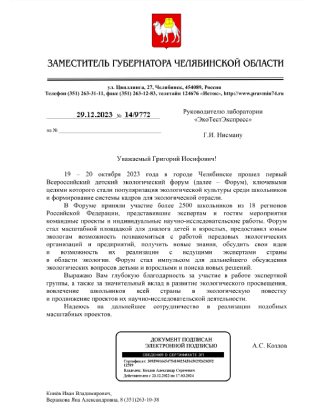- Heres an SEO-focused H1 headline, avoiding the previous phrasing and starting uniquely, strictly in English:
Turbulence & Trends: Current Affairs & Business News Drive Market Volatility. - Geopolitical Influences on Market Sentiment
- The Role of Economic Indicators
- Interest Rate Sensitivity
- Corporate Earnings and Performance
- Technological Disruptions and Innovation
- The Impact of Black Swan Events
Heres an SEO-focused H1 headline, avoiding the previous phrasing and starting uniquely, strictly in English:
Turbulence & Trends: Current Affairs & Business News Drive Market Volatility.
The constant flow of current affairs and business developments significantly impacts market volatility. Understanding these interconnected forces is crucial for investors, policymakers, and anyone seeking to make informed decisions in an increasingly complex world. The rapid dissemination of information, often framed as ‘news‘, presents both opportunities and challenges. While immediate access to events can facilitate swift reactions, the potential for misinformation and emotional responses can lead to irrational market behavior. A nuanced perspective, grounded in thorough analysis, is therefore paramount.
The interplay between geopolitical events, economic indicators, and corporate performance creates a dynamic landscape where fortunes can shift quickly. Recent trends point to an increased sensitivity of markets to even subtle shifts in policy or commentary. This requires a proactive approach to risk management and a commitment to staying abreast of the evolving situation. A deep dive into the underlying factors driving these fluctuations is key to navigating this turbulent environment effectively. This examination will clarify where immediate influences arise and explore potential long-term effects.
Geopolitical Influences on Market Sentiment
Global politics act as a potent catalyst for market reactions. Conflicts, political instability, and changes in international relations can all trigger significant price swings. For example, trade disputes can disrupt supply chains and increase costs for businesses, leading to lower profits and diminished investor confidence. Sanctions imposed on certain countries or entities can have widespread economic consequences, impacting both the targeted region and its trading partners. The anticipation of political events, such as elections or referendums, can also create uncertainty and volatility. These factors demonstrate the intricate link between the political sphere and financial markets.
Furthermore, shifts in geopolitical power dynamics can lead to strategic realignment and shifts in investment flows. Countries seeking to strengthen their influence may engage in increased military spending or pursue assertive foreign policies, impacting regional stability and raising concerns among investors. Understanding these broader geopolitical trends is essential for anticipating potential market disruptions and crafting robust investment strategies. The correct assessment of the risks and potential outcomes stemming from global conflicts influences financial planning.
| Trade Wars | Increased tariffs, supply chain disruptions, reduced global growth |
| Political Instability | Currency devaluation, capital flight, economic recession |
| Elections | Policy uncertainty, market volatility, shifts in investment sentiment |
| Sanctions | Disrupted trade, reduced access to capital, economic hardship |
The Role of Economic Indicators
Macroeconomic data releases provide critical insights into the health of an economy and can heavily influence market expectations. Key indicators such as gross domestic product (GDP) growth, inflation rates, unemployment figures, and consumer confidence surveys all contribute to the overall assessment of economic conditions. Unexpectedly strong or weak data can trigger significant market reactions, as investors adjust their portfolios based on revised forecasts. Central bank policies, particularly interest rate decisions and quantitative easing measures, also play a vital role in shaping market sentiment. These decisions can impact borrowing costs, investment returns, and overall economic activity.
The relationship between economic indicators and market performance is complex. While strong economic data usually boosts investor confidence, it can also lead to concerns about inflation and the potential for interest rate hikes. Conversely, weak economic data may prompt central banks to ease monetary policy, which can provide support for asset prices, but also signals underlying vulnerabilities in the economy. Therefore, investors need to carefully analyze a wide range of economic indicators and understand their interrelationships to form a comprehensive view of the economic outlook.
Here’s a list of factors contributiing to that perspective:
- GDP Growth Rate: Indicates the overall health of the economy.
- Inflation Rate: Reveals the pace of price increases.
- Unemployment Rate: Measures the percentage of the labor force without jobs.
- Consumer Confidence Index: Reflects consumer optimism about the economy.
Interest Rate Sensitivity
Interest rates, set by central banks, exert a powerful influence on financial markets. Lower interest rates stimulate borrowing and investment, leading to economic expansion. However, they can also fuel inflation and asset bubbles. Conversely, higher interest rates curb inflation but can slow economic growth and potentially trigger a recession. The sensitivity of markets to interest rate changes depends on a variety of factors, including the current level of rates, the pace of rate hikes or cuts, and the overall economic context. Investors closely monitor central bank communications and anticipate future policy decisions to adjust their portfolios accordingly. The complexities in setting monetary policy involve balancing multiple and often competing goals, making the interpretation of central bank actions particularly challenging. The resulting analysis determines future adjustments.
Furthermore, changes in interest rates can impact different asset classes in different ways. Bond yields typically move in the same direction as interest rates, while stock prices may react more ambiguously, depending on the outlook for corporate earnings. The yield curve, which plots the yields of bonds with different maturities, can provide valuable insights into market expectations for future economic growth and inflation. An inverted yield curve, where short-term interest rates are higher than long-term rates, is often seen as a warning sign of a potential recession. Therefore, effective analysis of the shifts in market parameters demands a holistic and nuanced approach.
Corporate Earnings and Performance
The financial health and performance of publicly traded companies are fundamental drivers of stock market returns. Quarterly earnings reports, which detail a company’s revenue, profits, and future outlook, are closely scrutinized by investors. Strong earnings typically boost stock prices, while disappointing results can lead to sharp declines. Beyond the headline numbers, investors pay attention to key metrics such as revenue growth, profit margins, and earnings per share (EPS) to assess the long-term sustainability of a company’s financial performance. Management guidance on future earnings also plays a crucial role in shaping investor expectations.
Market sentiment towards specific companies, industries, or sectors can significantly impact stock valuations. Positive news about a company’s products, services, or strategic initiatives can attract investors and drive up demand for its stock. Conversely, negative news, such as product recalls, regulatory investigations, or competitive threats, can damage investor confidence and lead to sell-offs. Understanding the competitive landscape and a company’s position within its industry is essential for assessing its long-term prospects. The overall market atmosphere also impacts individual performance.
| Revenue Growth | Indicates the rate at which a company is increasing its sales. |
| Profit Margin | Measures a company’s profitability as a percentage of revenue. |
| Earnings Per Share (EPS) | Represents the portion of a company’s profit allocated to each outstanding share. |
| Debt-to-Equity Ratio | Indicates the level of a company’s financial leverage. |
Technological Disruptions and Innovation
Rapid advancements in technology are creating both opportunities and challenges for businesses and investors. Disruptive innovations can upend established industries, create new markets, and reshape the competitive landscape. Companies that embrace innovation and adapt to changing technological trends are more likely to thrive in the long run. Conversely, those that fail to innovate risk becoming obsolete. The pace of technological change is accelerating, making it increasingly important for investors to identify emerging technologies and assess their potential impact on different sectors.
The rise of artificial intelligence (AI), blockchain technology, and the Internet of Things (IoT) are just a few examples of game-changing innovations that are transforming the way businesses operate and consumers interact with the world. These technologies have the potential to improve efficiency, reduce costs, and create new revenue streams. However, they also raise ethical concerns about job displacement, data privacy, and cybersecurity. Smart investments in research and development (R&D), combined with a forward-looking strategic vision, are crucial for fostering innovation and gaining a competitive advantage. Strategic preparations and planning for these changes is undeniably essential.
- Identify Emerging Technologies
- Assess Market Potential
- Evaluate Competitive Landscape
- Consider Ethical Implications
The Impact of Black Swan Events
Financial markets are occasionally shaken by unforeseen and unpredictable events known as «black swan» events. These events, which have a significant impact and are often rationalized in hindsight, can lead to dramatic market corrections and periods of extreme volatility. Examples of black swan events include the 2008 financial crisis, the COVID-19 pandemic, and major geopolitical shocks. These events highlight the limitations of traditional risk management models and the importance of preparing for the unexpected. Diversification, hedging, and maintaining a long-term investment horizon are all strategies that can help mitigate the impact of black swan events.
Furthermore, understanding the underlying vulnerabilities in the financial system and the potential for cascading failures is crucial for anticipating and navigating future crises. Stress tests, which simulate the impact of extreme scenarios on financial institutions, can help identify weaknesses and improve resilience. Proactive regulation and oversight are also essential for preventing the buildup of systemic risk. However, even with the best planning and preparation, black swan events can still occur, making it important for investors to remain vigilant and adaptable. The constant process of evaluation and preparedness is the most secure of strategies.











